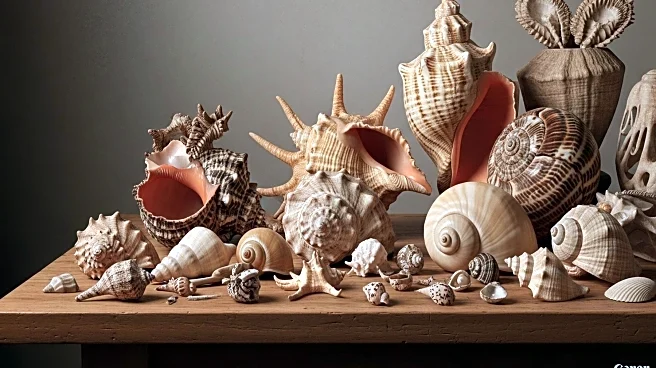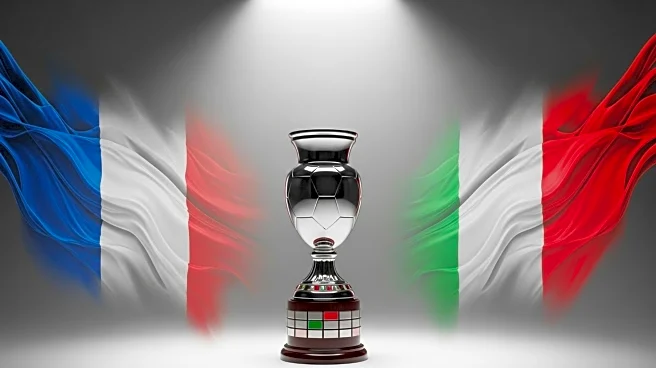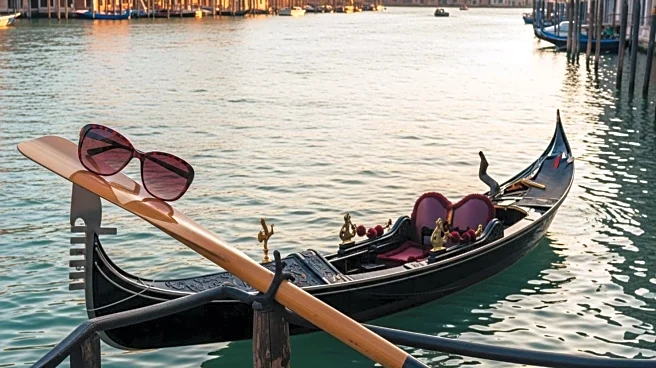What's Happening?
A study by French researchers examines 384 Italian still-life paintings from the 16th to 18th centuries to gain insights into Italy's marine biodiversity. These paintings, depicting various aquatic organisms, serve as historical records that can inform contemporary conservation efforts. The study highlights shifts in population and human habits, noting a decline in freshwater organisms and an increase in marine species representation. Factors such as advanced fishing techniques and wetland drainage for agriculture are cited as influences on these changes. The research underscores the role of art in reconstructing past ecosystems and offers a unique perspective on biodiversity.
Why It's Important?
The study provides valuable ecological information that can aid in understanding historical biodiversity and inform current conservation strategies. By analyzing art as a proxy for scientific records, researchers can fill gaps in historical data, particularly in regions like Italy where documentation is sparse. This approach highlights the interconnectedness of art and science, offering a novel method for studying environmental changes over time. The findings may influence conservation policies and efforts to preserve marine biodiversity, emphasizing the importance of historical context in addressing modern ecological challenges.












